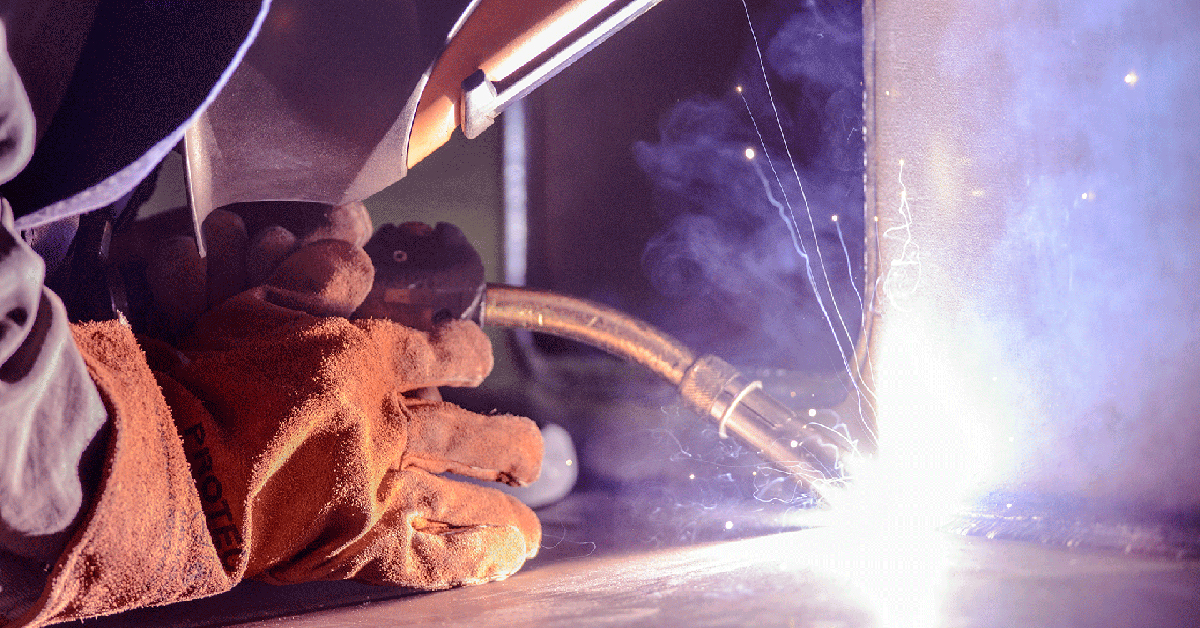Reliable Ways to Prevent Weld Undercut in Your Welding Projects
Reliable Ways to Prevent Weld Undercut in Your Welding Projects
Blog Article
A Comprehensive Overview to Identifying, Averting, and Correcting Undercut Welding Issues in Your Welding Jobs
In the world of welding, running into undercut issues is an usual difficulty that can compromise the architectural honesty and overall high quality of your welding tasks. Keep tuned as we explore the necessary elements of identifying, protecting against, and taking care of undercut welding troubles, giving you with useful insights and strategies to raise your welding abilities to the next degree.
Usual Reasons of Undercut Welding
Undercut welding, a common problem in welding processes, can be triggered by numerous factors that require to be very carefully determined and resolved to ensure the stability of the weld joint. One of the main reasons of undercut welding is extreme heat input.
An additional usual reason for undercut welding is incorrect welding strategy. Insufficient control of the welding lantern or gun, incorrect angle or range in between the lantern and the workpiece, or irregular travel speed can all add to the development of undercut. In addition, utilizing the wrong welding consumables or electrode size for a particular joint setup can bring about undercut problems. Recognizing these origin creates and applying restorative steps is crucial in stopping and correcting undercut welding issues in welding projects.
Identifying Undercut in Welds

To identify undercut accurately, proper lights and magnification devices are important to examine the weld joint extensively. Utilizing tools such as a welding scale or a magnifying glass can help in finding even the smallest undercut flaws. Additionally, running a finger or a finger nail along the weld joint can often reveal undercut, as the surface may feel unequal or have a dip where the undercut exists.
Preventive Actions for Undercut
Having a deep understanding of the sources of undercut in welds permits the execution of efficient safety nets to preserve weld high quality and stability. One critical safety net appertains weld joint preparation. Making certain that the edges are clean, cost-free of contaminants, and effectively beveled can substantially minimize the probability of undercut (Preventing weld undercut). In addition, selecting the proper welding specifications, such as voltage, existing, and take a trip rate, is vital. These settings need to be optimized to avoid extreme warmth input, which can result in damage development.

Techniques for Fixing Undercut

To address undercut problems properly, welders can utilize specific strategies aimed at correcting the flaw and restoring the honesty of the weld joint. One technique is to change the welding parameters, such as the voltage, existing, and travel rate, to make certain appropriate heat input and combination. Boosting the welding present or reducing the traveling rate can aid fill out the undercut. Furthermore, altering the welding technique from a press to a look here drag or vice versa can additionally aid minimize undercut.
Another method is to use a weaving movement while welding to make certain proper sidewall blend and fill in the undercut. By oscillating the welding arc from side to side within the weld joint, the welder can deposit much more filler material right into the undercut areas, successfully removing the defect.
Moreover, grinding out the undercut and rewelding the joint can be a practical option for a lot more severe undercut issues - Preventing weld undercut. This process includes removing the undercut section, preparing the base steel, and after that rewelding the joint with appropriate welding parameters and strategies to avoid undercut from repeating

Expert Tips for Avoiding Undercut
Utilizing correct welding strategies and preserving control over crucial welding parameters are important strategies for welders intending to protect against undercut in their weld joints. In addition, selecting the appropriate welding procedure and filler steel for the certain application can assist avoid undercut. Preserving a consistent travel speed during the welding process is one more important pointer to protect against undercut.
Final Thought
Finally, determining, avoiding, and dealing with undercut welding issues in your welding jobs is critical for ensuring durable and strong welds. Preventing weld undercut. By recognizing the common sources of undercut, being able to identify it in welds, applying safety nets, and using appropriate methods for fixing undercut, you can prevent possible issues and create top notch welds. Complying with expert pointers for preventing undercut can assist you enhance your welding abilities and produce far better outcomes in your jobs
Undercut welding, a common problem in welding processes, can be triggered by different factors that require to be thoroughly identified and addressed to ensure the stability of the weld joint. Furthermore, running a finger a knockout post or a fingernail along the weld joint can sometimes disclose undercut, as the surface may feel irregular or have a dip where the undercut exists.
Making use of appropriate welding methods and maintaining control over crucial welding specifications are critical approaches for welders aiming to prevent undercut in their weld joints.In verdict, recognizing, preventing, and taking care of undercut welding issues in your welding tasks is essential for making certain resilient and strong welds. By recognizing the typical causes of undercut, being able to identify it in welds, implementing precautionary procedures, and making use of correct strategies for repairing undercut, you can prevent view it prospective issues and produce top notch welds.
Report this page